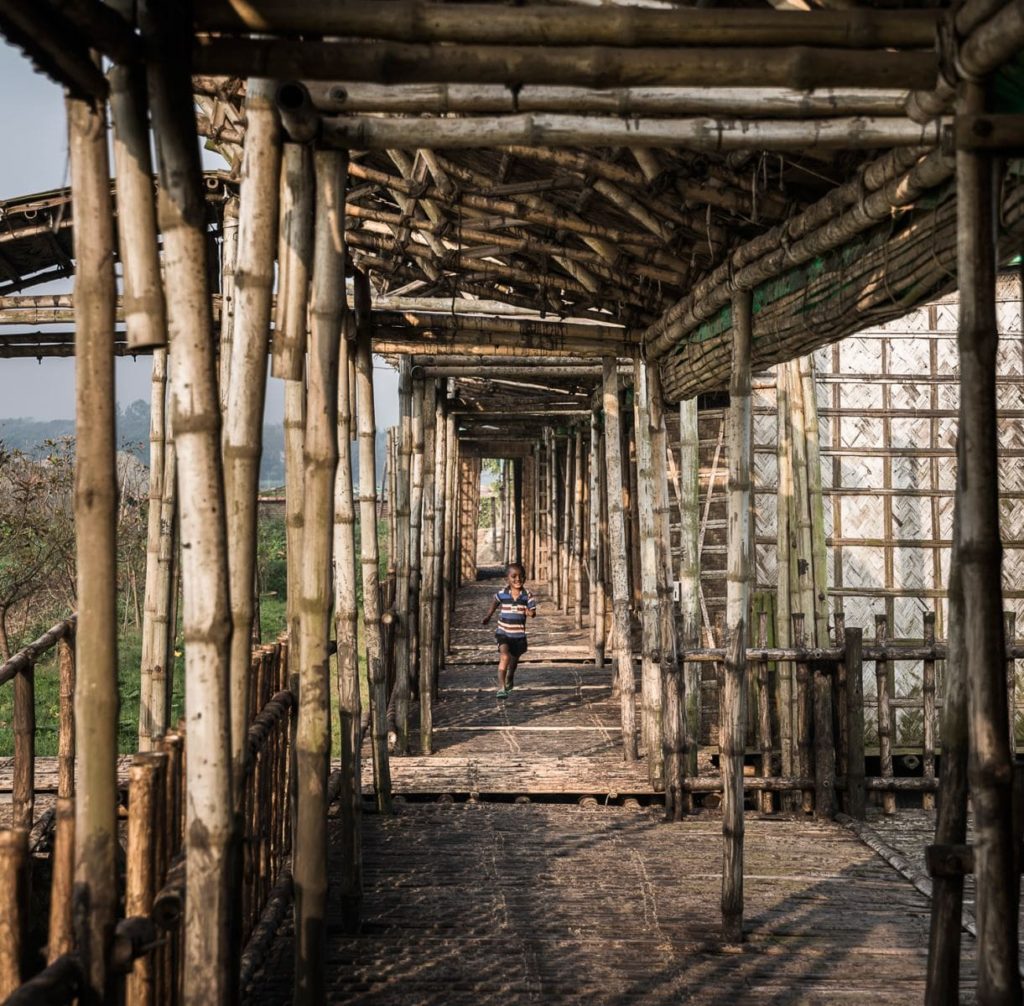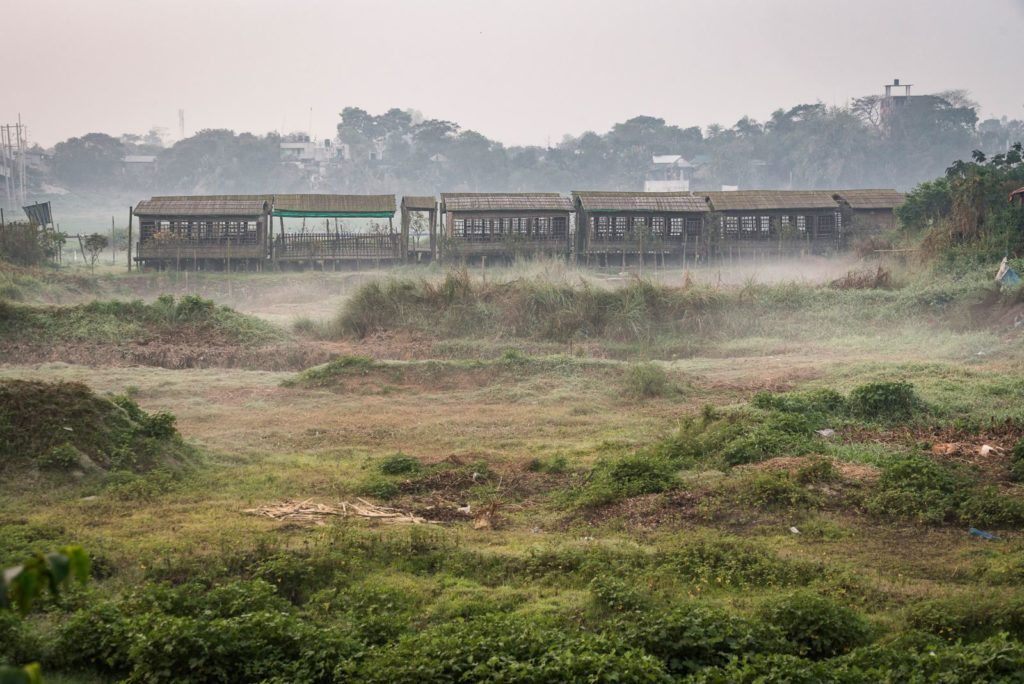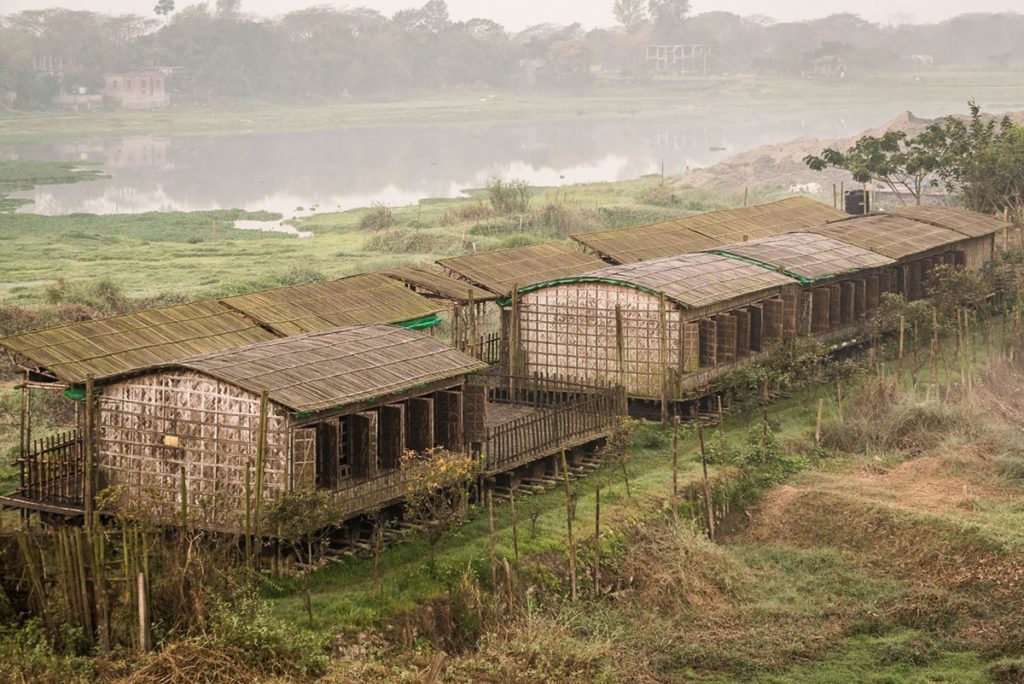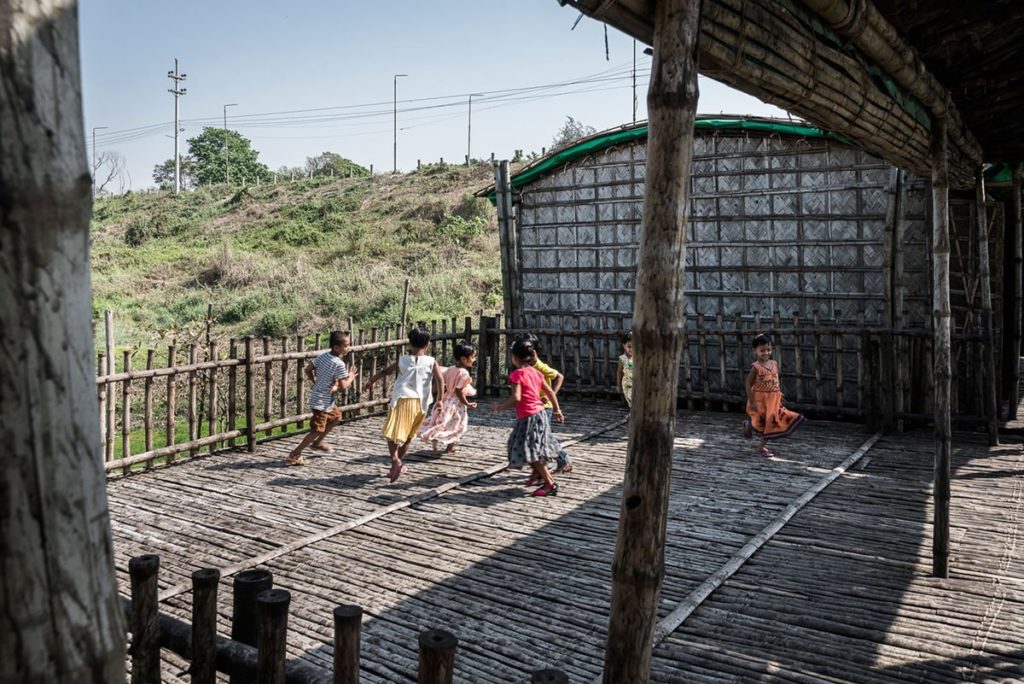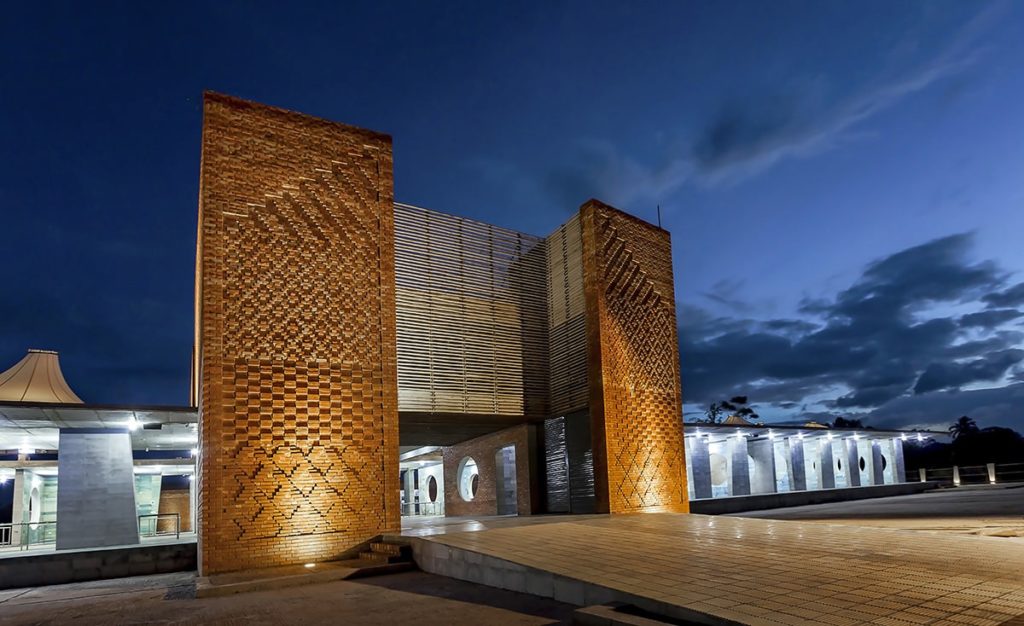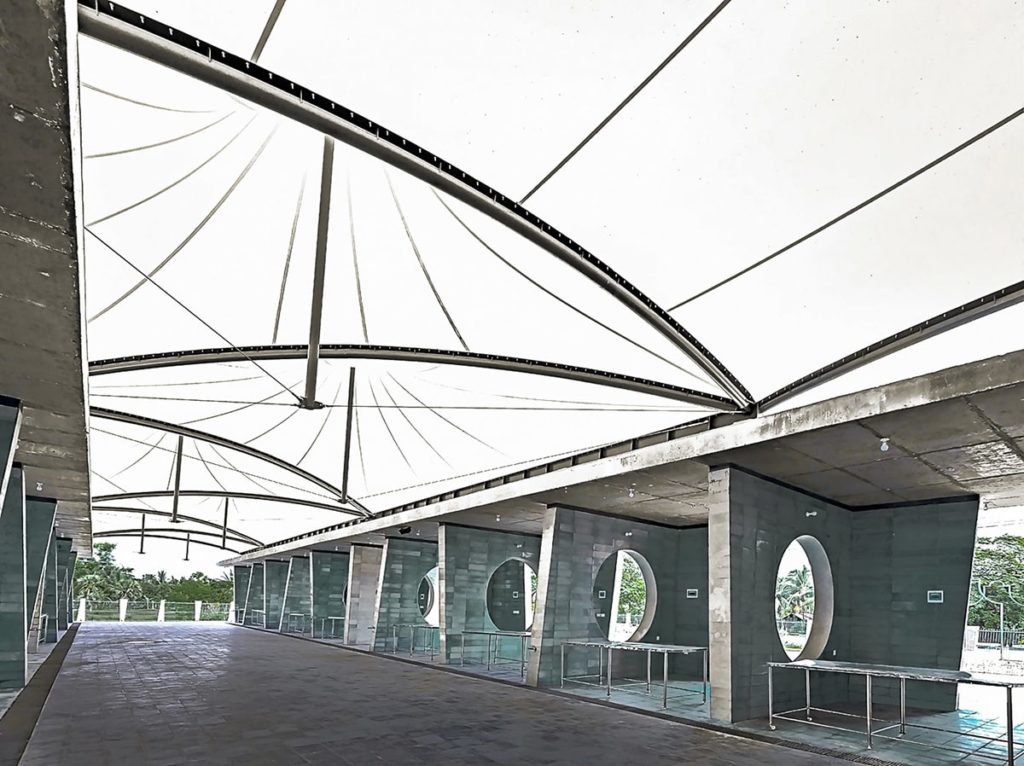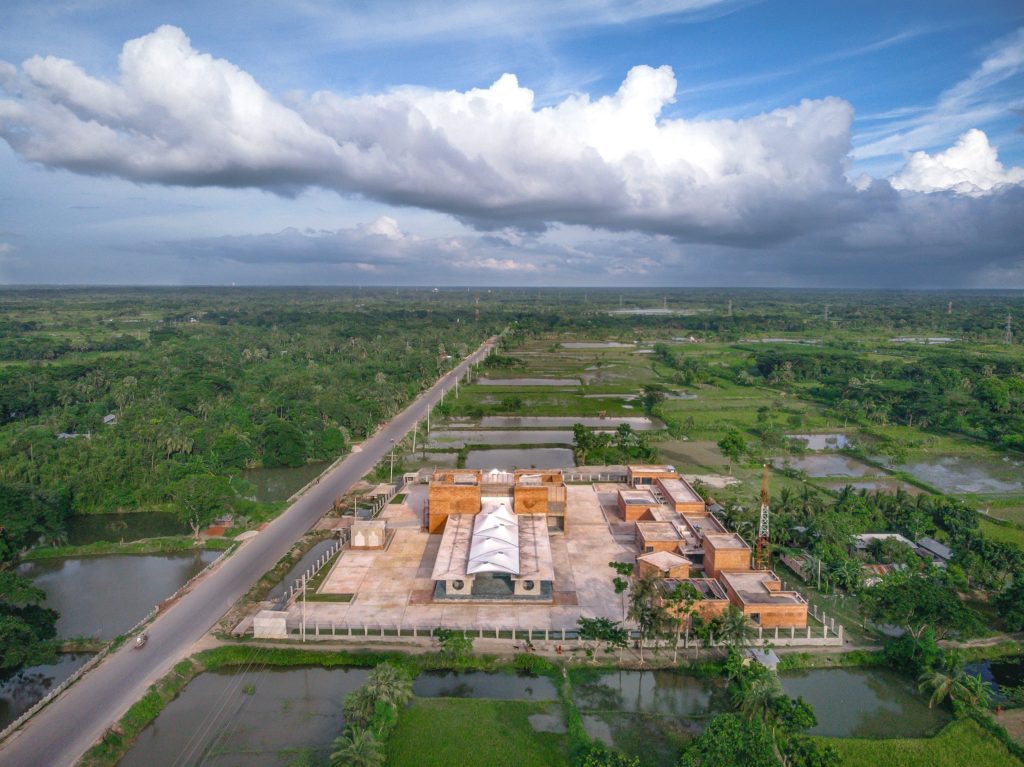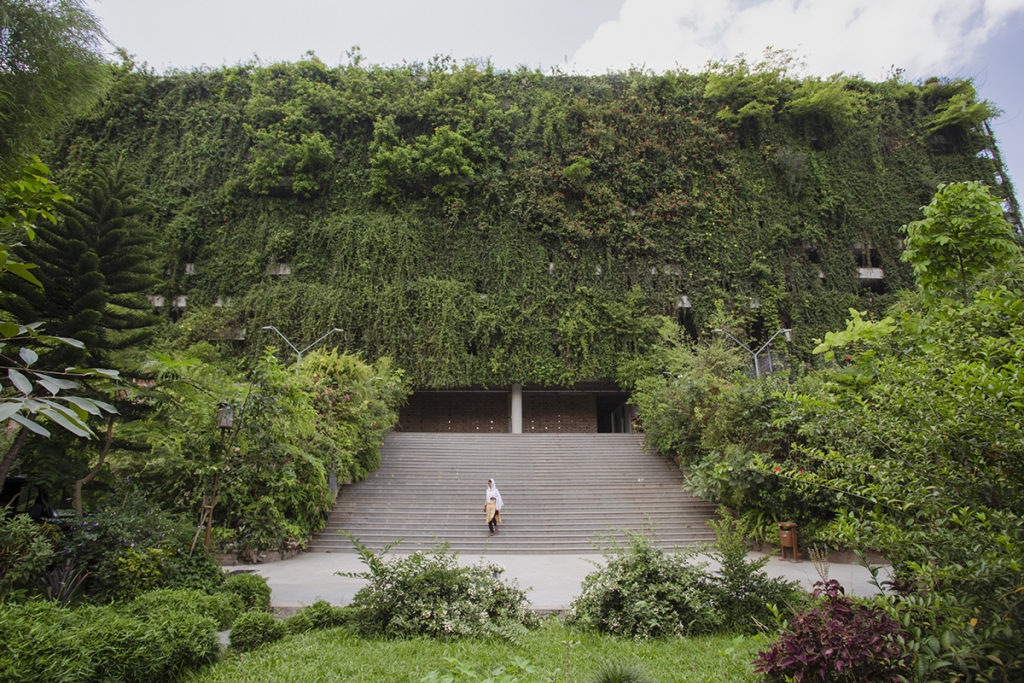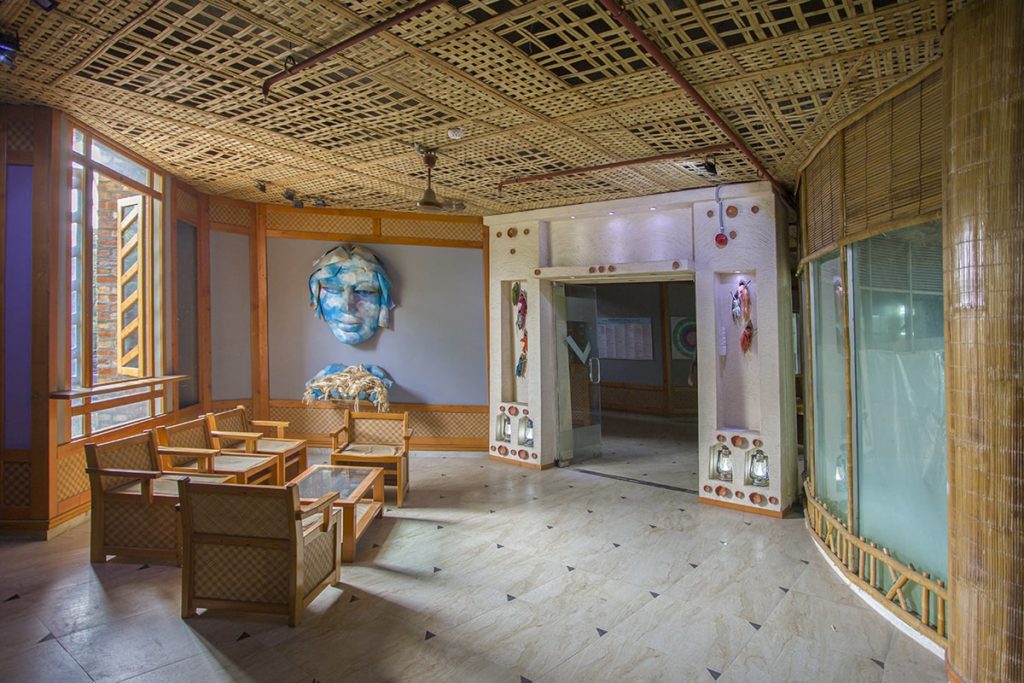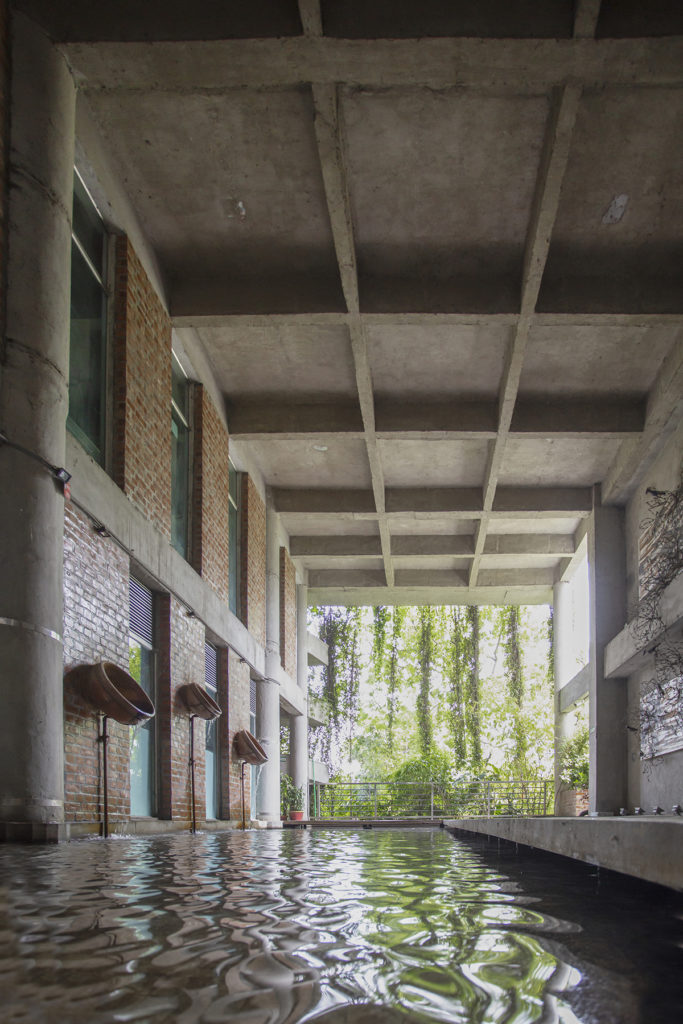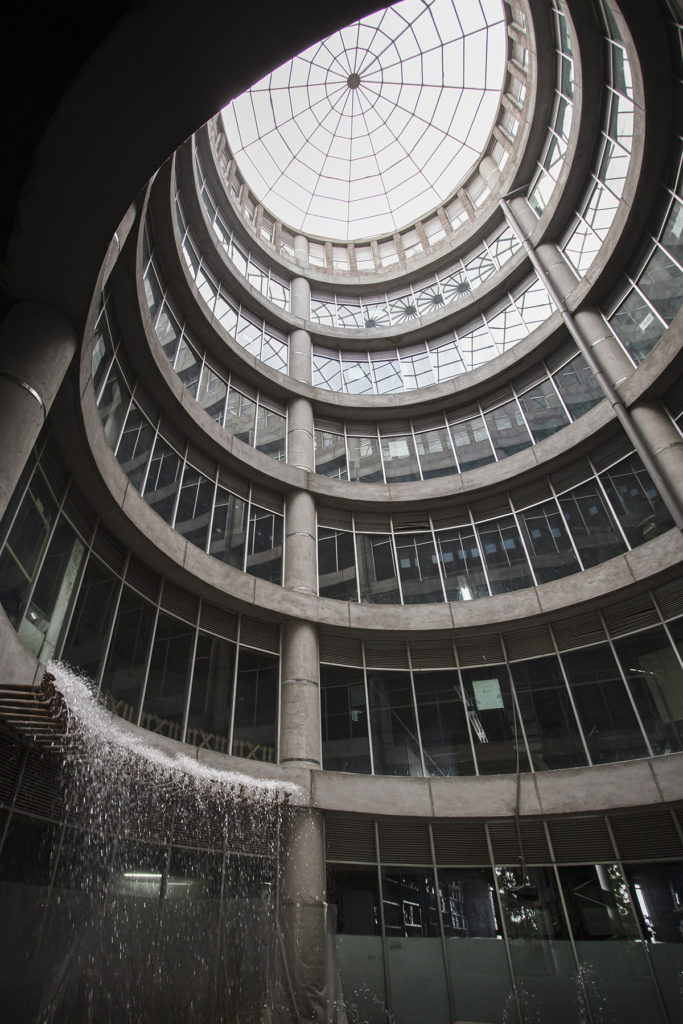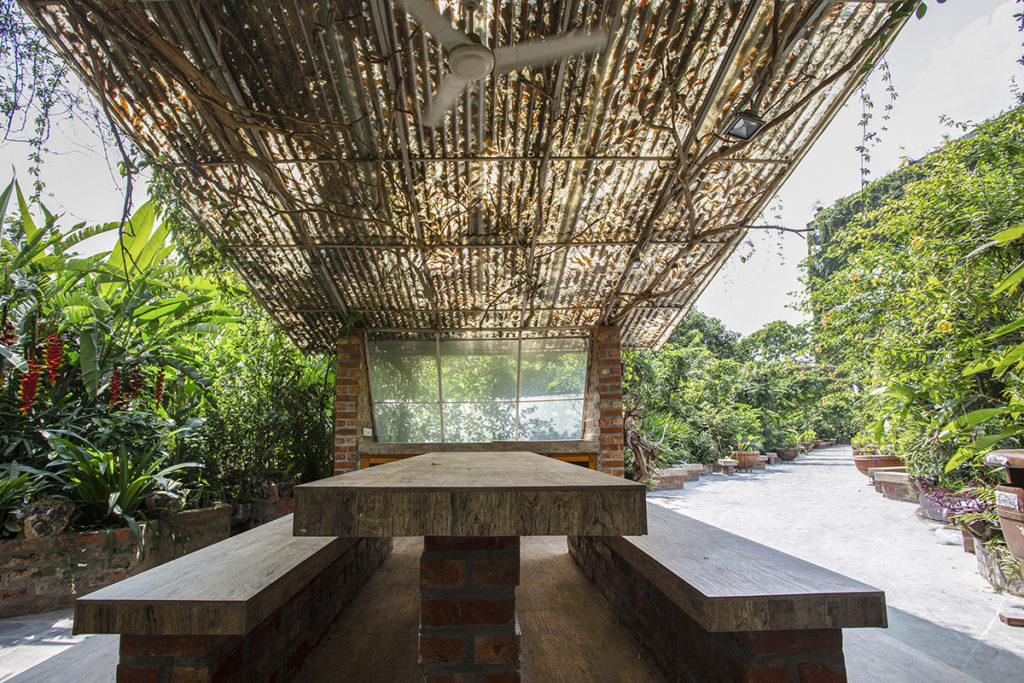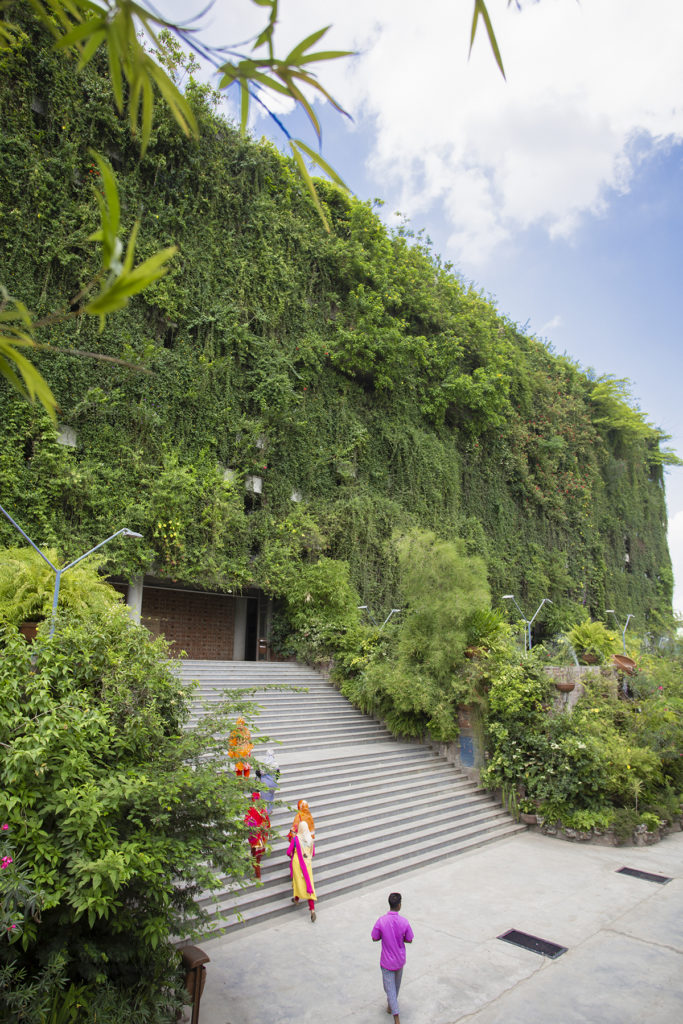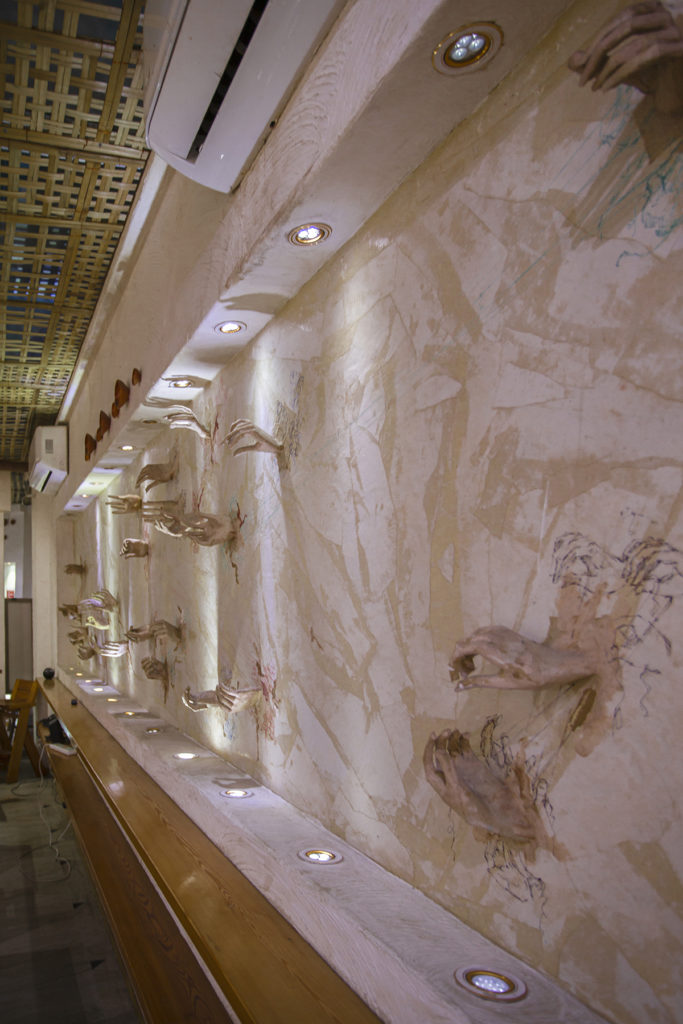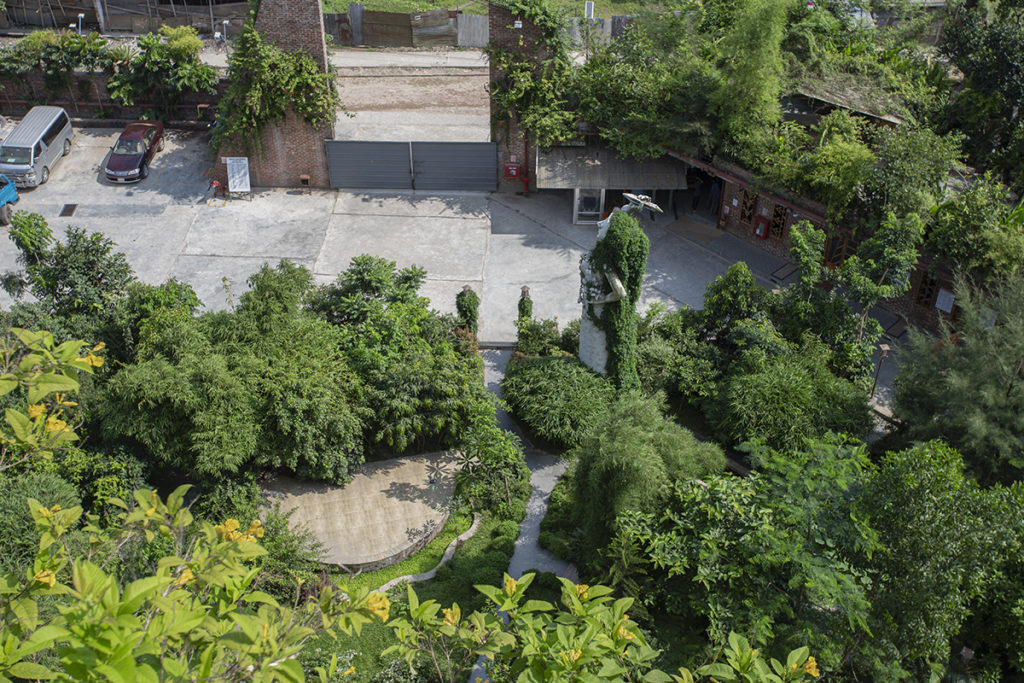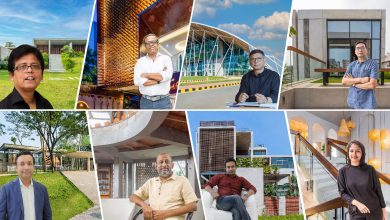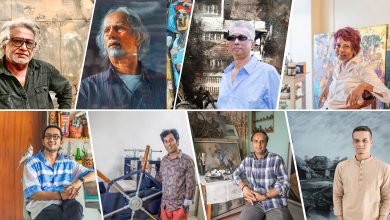Showcase 4 Years Anniversary Special Picks- Miscellaneous
Sponsored by
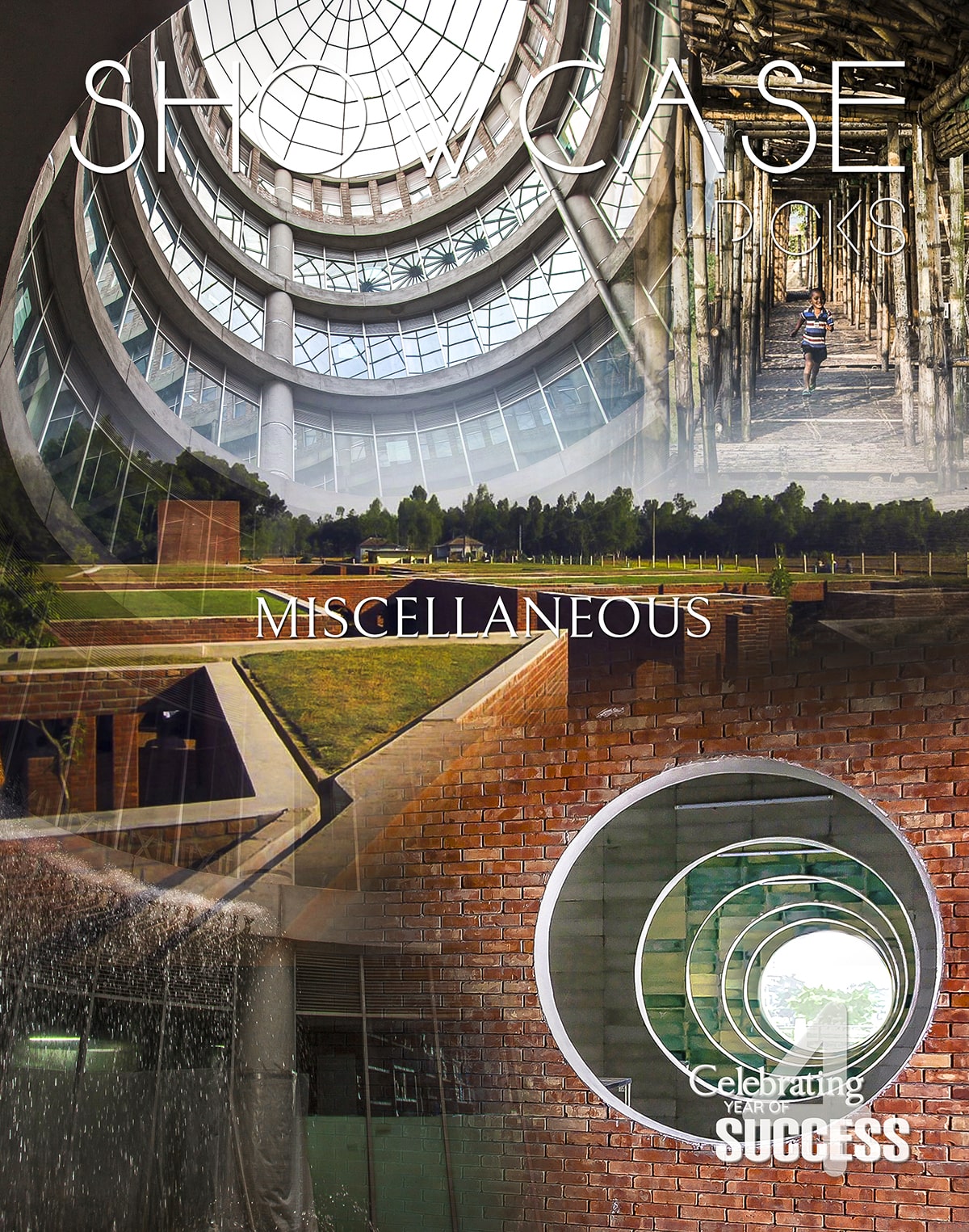
Amphibious Modules
– Arcadia Education Project, South Kanachor
Recipient of the prestigious Aga Khan Award for architecture in 2019, the floating school in South Kanarchor established by the Arcadia Education project, strives to elevate people’s lives, contributes to social and economic development, and provides a pathway to solutions for the global issues of rising water levels and access to education in rural communities.
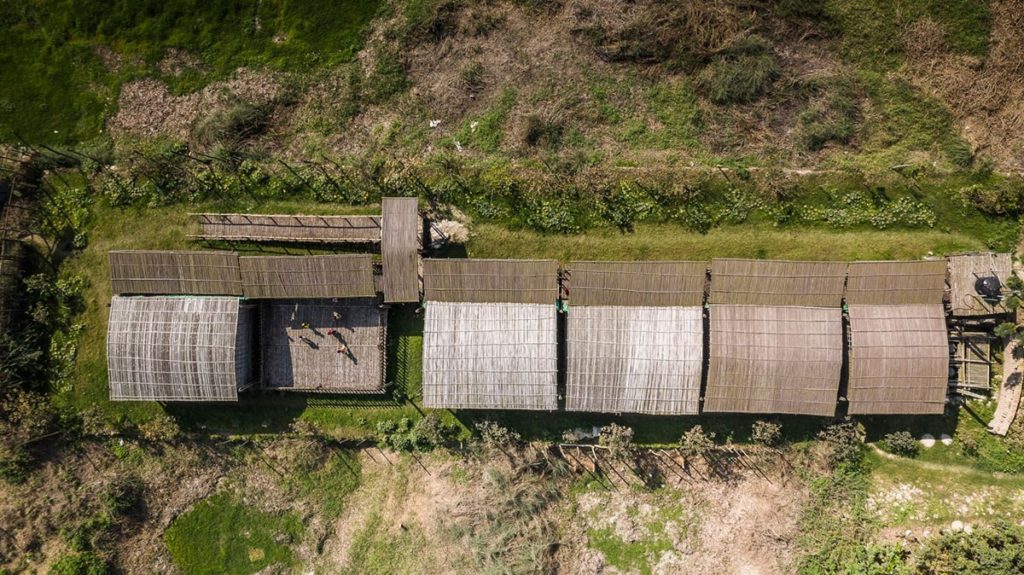
The site is a riverside plot on which the school is built. During the monsoon season, the land is over-flooded under almost three meters of water for a third of the year. Rather than disrupting the ecosystem to create a stabilized mound for building on, or erecting a structure on stilts that would have been too high in the dry season, architect Saif Ul Haque who was appointed for this project, devised the solution of an amphibious structure, anchored to the site, that could sit on the ground or float on the water, depending on the seasonal conditions.
The building footprint was levelled using retaining walls of sandbags with sand, earth and local brick infill, and used tyres fixed atop for cushioning. Bamboo posts sunk 2m into the ground serve as anchoring points for the school’s various independent but interconnected rectangular structures that consists three multi-purpose spaces used mainly as classrooms, an open-topped platform for office space and the other structure for service usage.
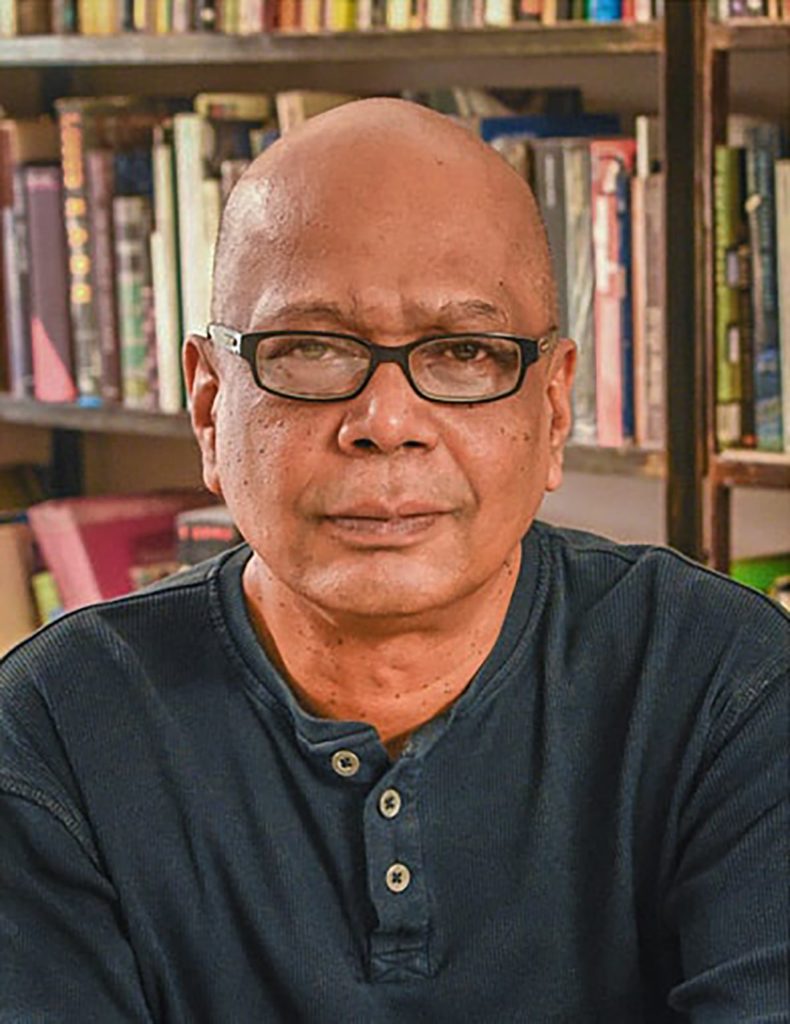
Built of three types of bamboo, they are kept afloat by substructures of used 30-gallon steel drums within bamboo frames. The project strives to elevate people’s lives, contributes to social and economic development, and provides a pathway to solutions for the global issues of rising water levels and access to education in rural communities.
Upholding Proficient Convictions
– Friendship Centre, Gaibandha
There are many renowned architects in Bangladesh who have contributed to the long history of breathtaking architecture in our motherland and have gained fame both nationally and internationally. Kashef Mahboob Chowdhury is one of these intellects in the architecture game of Bangladesh. He is both an architect and educator who designed many structures which have stood out. The project which won him the Aga Khan Award was the Friendship Center at Gaibandha.
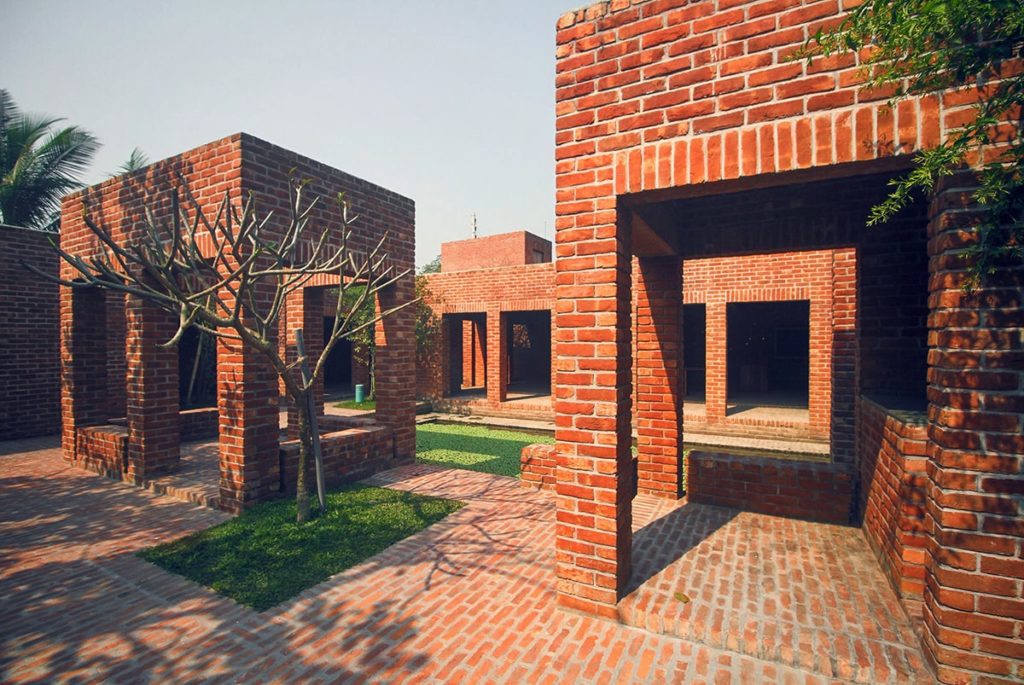
It is a rural training center inspired by the design of Mahasthangarh, which is the earliest urban archeological site found in Bangladesh. The centre was created to train staffs of an NGO working with people inhabiting nearby chars, or riverine islands.
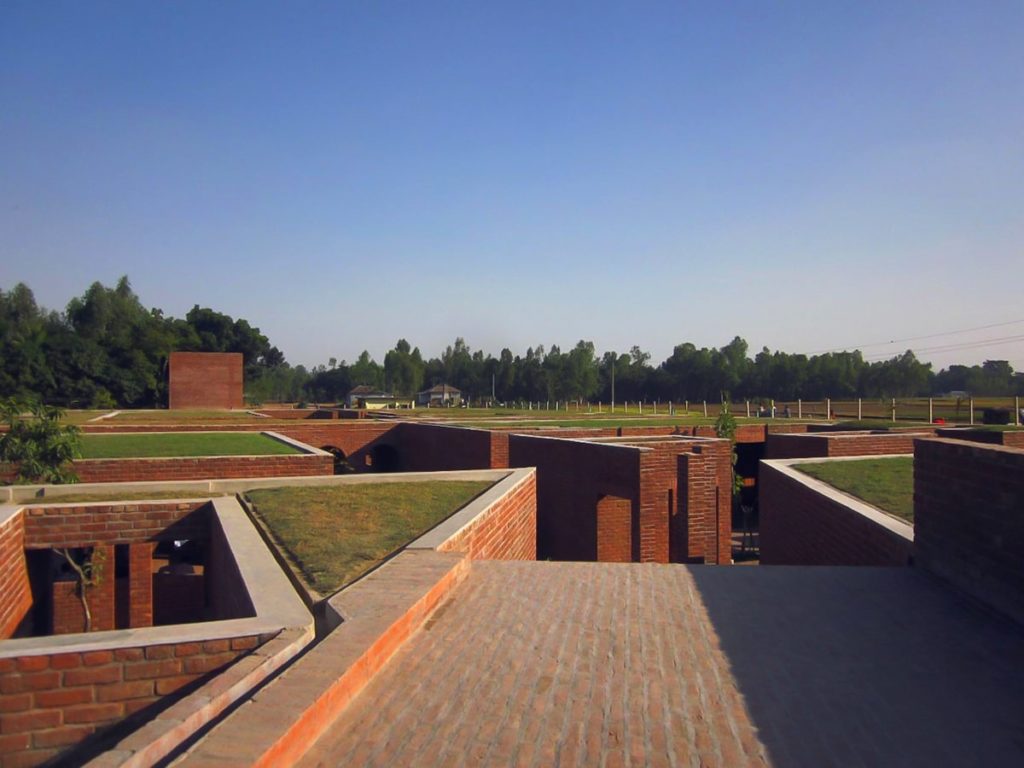
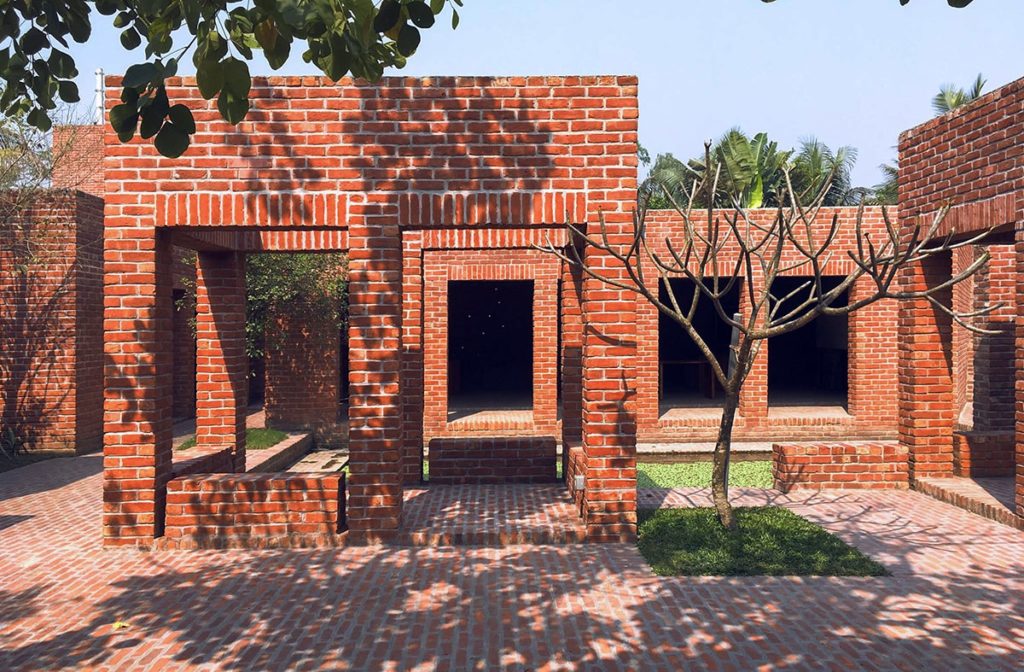
Photo by Asif Salman
To maintain a zen concept, the idea of Buddhist monasteries was also taken into account. The structure consists of a pavilion, a courtyard, pools, plantations and light wells. The center is divided into two blocks known as Ka and Kha.
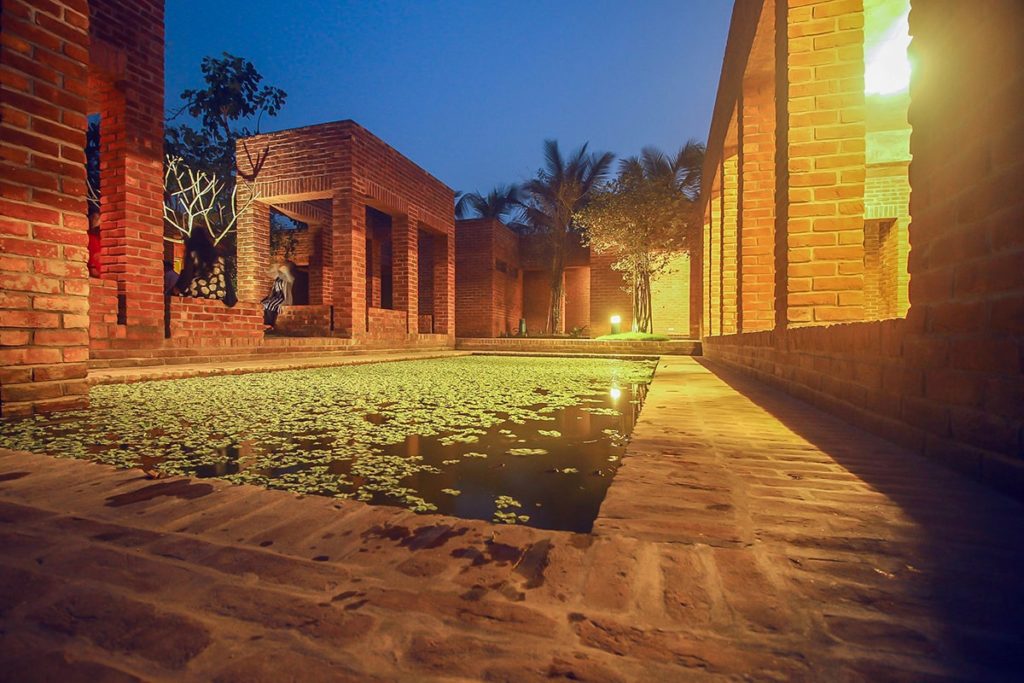
Photo by Asif Salman 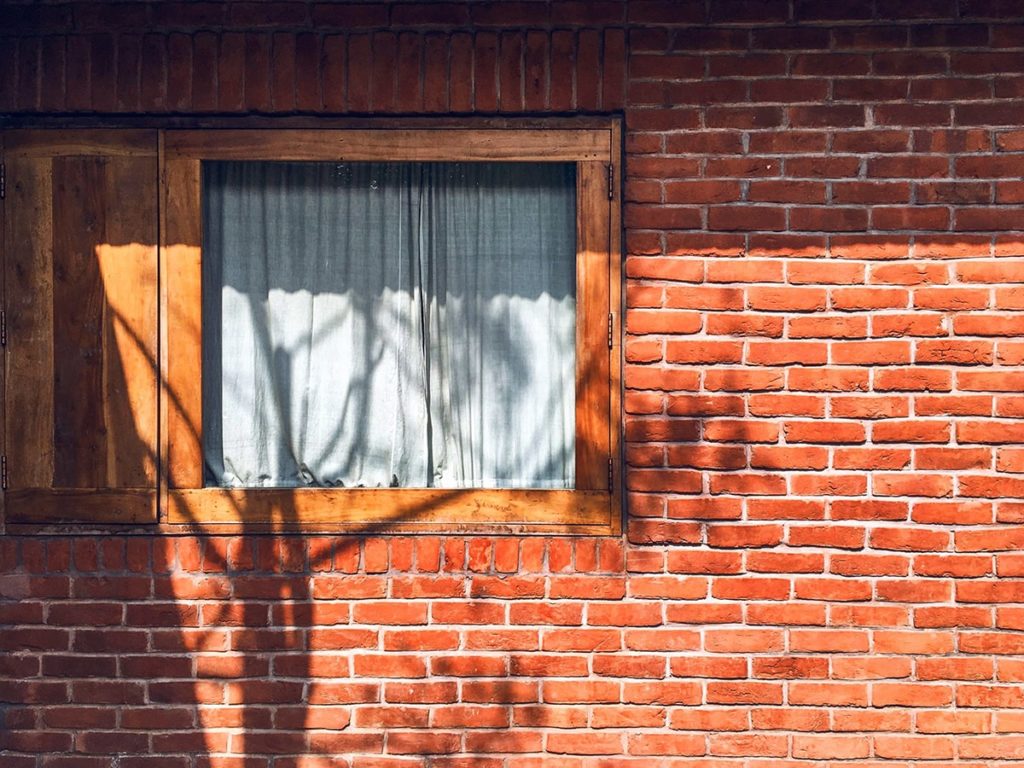
Photo by Asif Salman 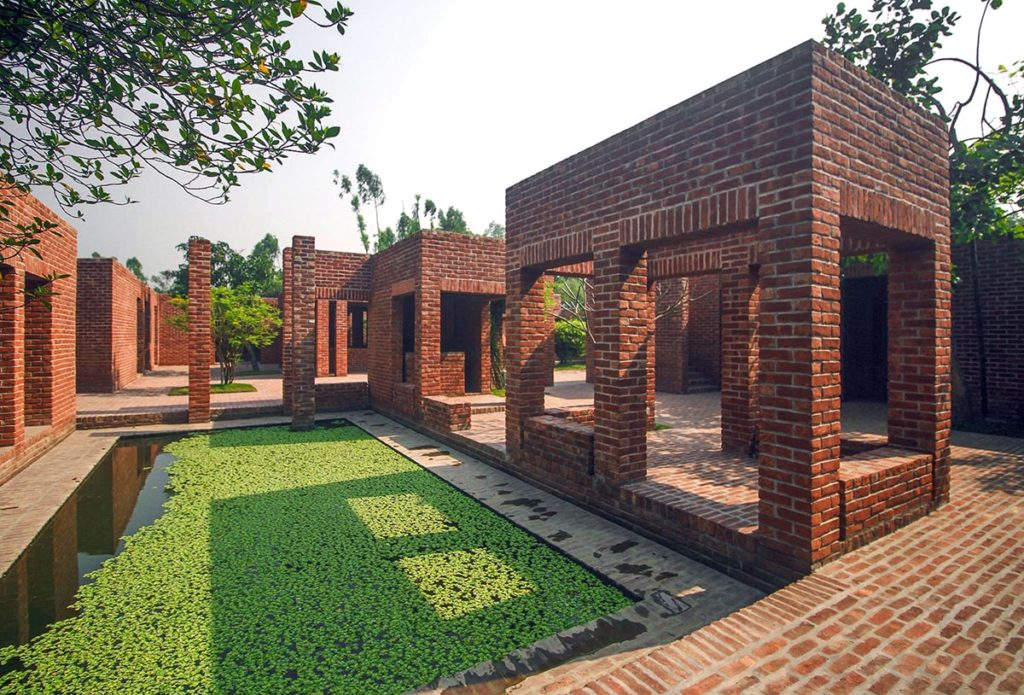
Photo by Asif Salman
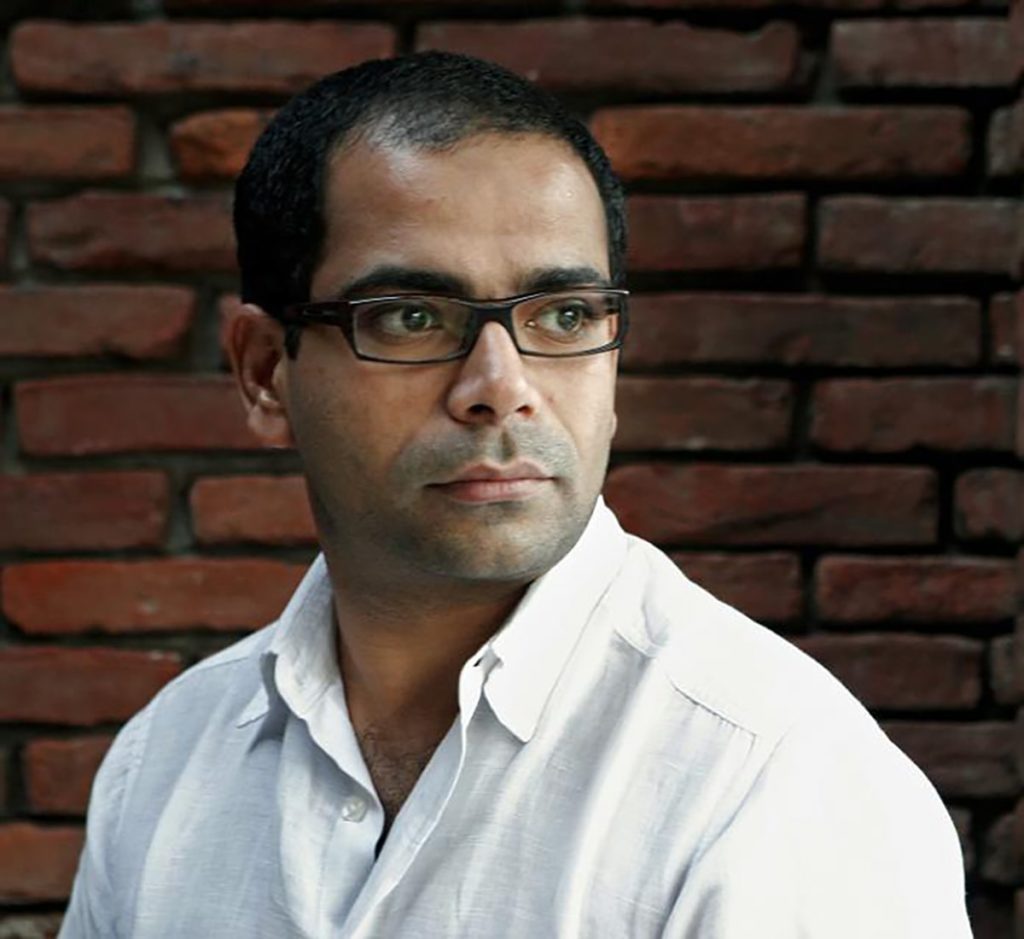
The center is surrounded by nature for miles and was actually a very challenging project for Kashef Mahboob Chowdhury. It is built on a land which is prone to flooding and earthquakes. At a time, 80 people can be trained here in four separate classrooms. The Friendship Center is known to be one of the best and most well-known works of architecture in current times. Simplicity is the intent, monastic is the feel.
Modernizing a Supermarket Infrastructure
– Village Super Market, Dumuria, Khulna
The Village Supermarket designed by Nazimuddin Payel has gained recognition countrywide for its creativity and uniqueness. Nazimuddin Payel loves a challenge and his distinctive designs are acknowledged for their uniqueness and are deeply rooted in the context and shaped with abstractionism of modernity. By working hand in hand with the Dutch-funded international organisation Solidaridad Network Asia, Bengali and Dutch minds joined in harmony and resulted in a design that establishes itself as a platform of pride for the agricultural community of Bangladesh.
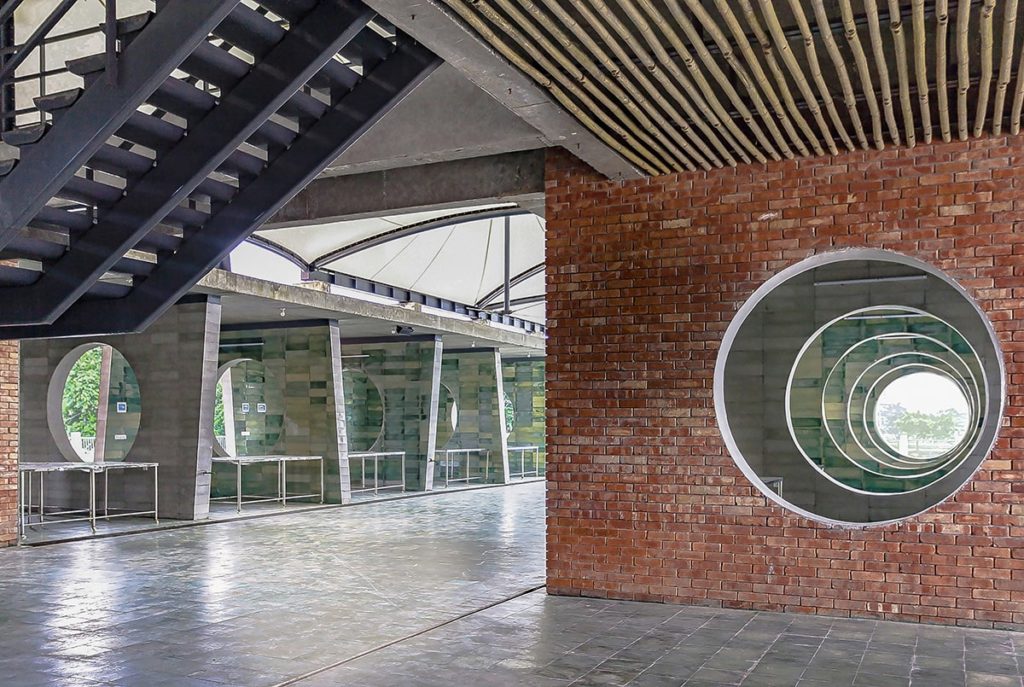
The Village Supermarket is a place for the rural agri-business hub to modify the market system and benefit the underprivileged farmers and their businesses. This market is accessible to everyone and has a gorgeous infrastructure. The “Aarot” design allowed the flow of natural light into the interior but also made sure to protect everything from the scorching summer-time heat.
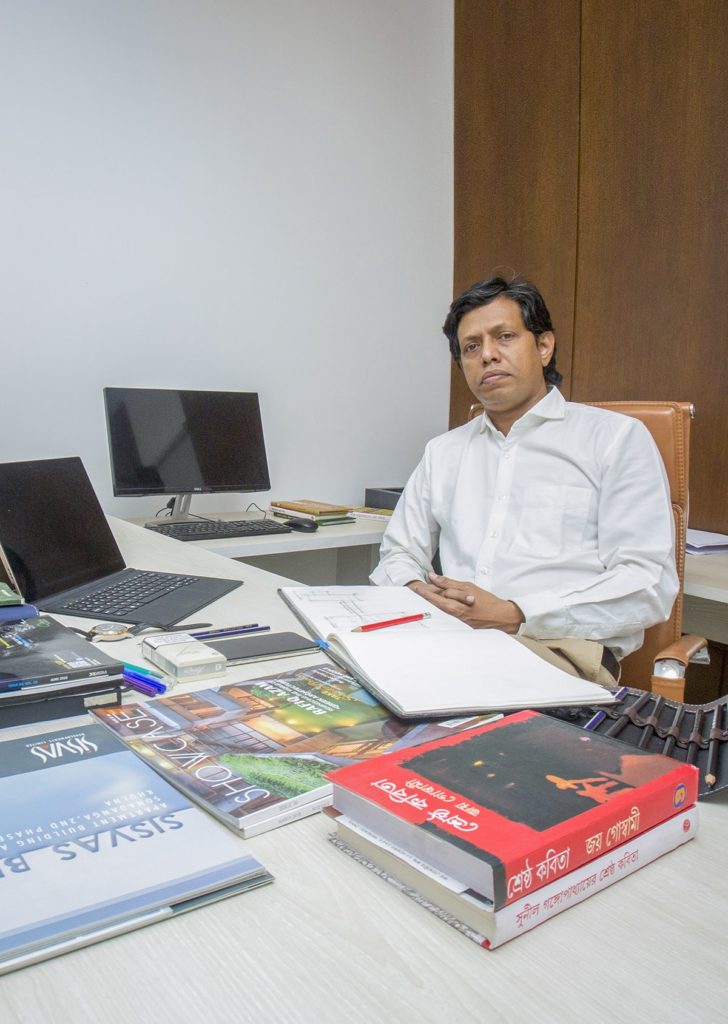
There is natural ventilation due to the openings on the walls and it allows people from the inside to stare into the outside world and also creates openness. There are three functions of the marketplace. Firstly is the market function where all the trade is carried out. Secondly is the social and educational function for the farmers, known as the retail and information center. Last but not least, is the Tech Village where the products are processed and cooled using state of the art technology and hardware.
A Green Workspace
– Karupannya Factory, Rangpur
Who wouldn’t want to work in a serene area surrounded by nature’s warm embrace? That is what Karupannya Factory is all about. Under the brand name Satranji, Karupannya has set a benchmark in the export industries, creating employment opportunities for women living in the underprivileged areas.
Its factory in Rangpur is designed in a soul pleasing working environment, encapsulated by nature and greenery. To provide employment for underprivileged women was one of the top priorities for the factory. Designed by renowned architect Bayejid M. Khondoker and his team Nakshabid Architects, the factory opted for a nature oriented and friendly work environment. Top priority for the makers was to ensure that foreign multinational companies like IKEA would see how dedicated Bangladeshi industries are to environmental concerns.
The factory is surrounded by foliage and soothes the eye for yards with its waves of green across the entire area. The inspiration for the architecture of the factory was extracted from Bengali village homes. It is equipped with a medical centre, grocery shop for the workers, food canteen, prayer room and an ATM booth. Huge water reservoirs are also seen, which are multipurpose such as for use in fire hazards and the dying process through oxidation.
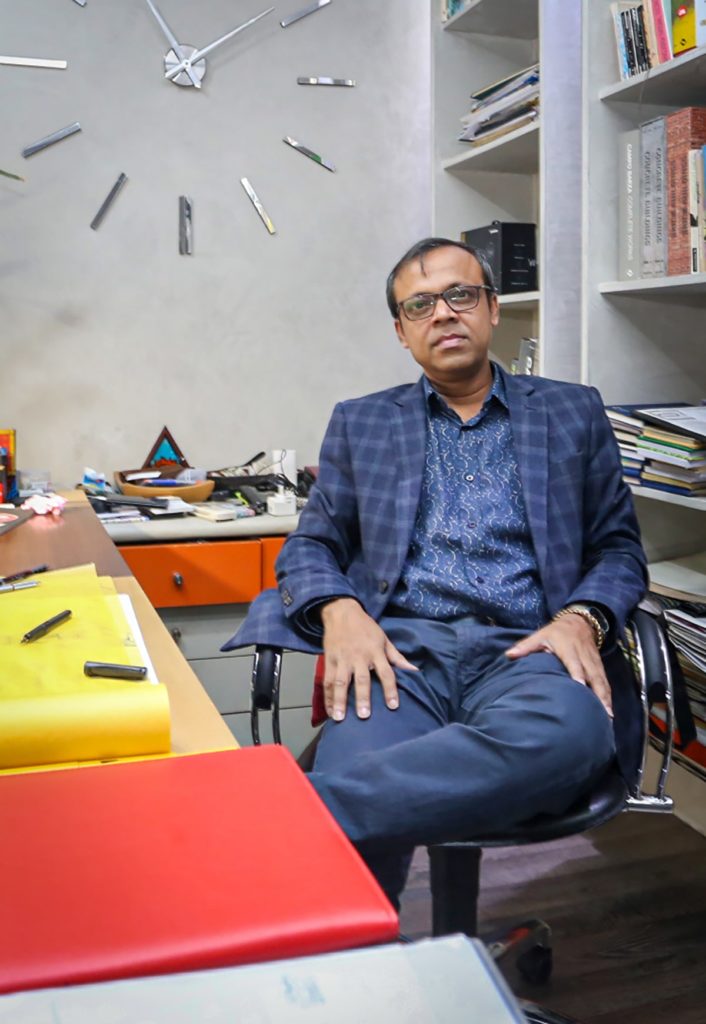
Nandini park was also designed for the workers to relax and gossip as leisure time, surrounded by lily ponds and gardens. Throughout the facility, women are empowered through small and big sculptures around the factory grounds. Satranji is the ancient heritage of Rangpur, and Karupannya factory succeeds to uphold its legacy, carrying a powerful message.


